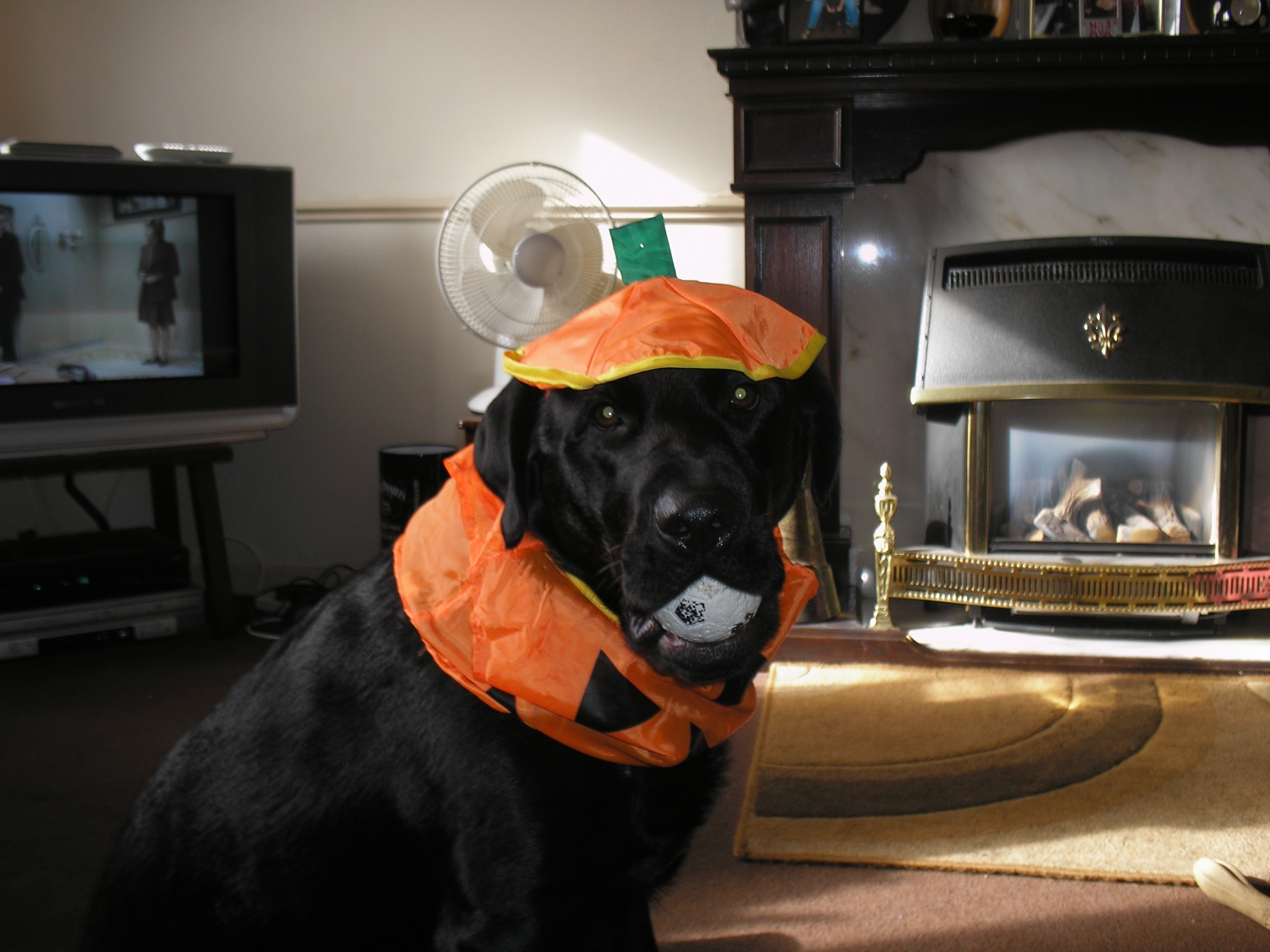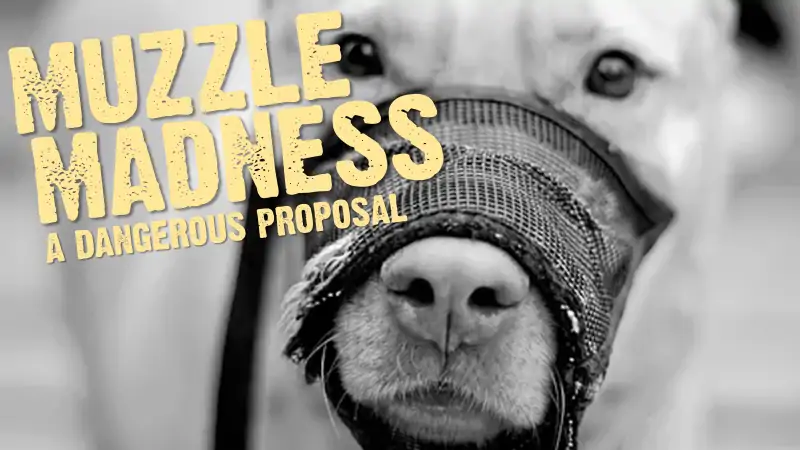A puppy personality test enables you to conduct some (very) unscientific research prior to choosing your puppy. We’ve got four short tips to help you run a puppy personality test but be advised, like people, puppy personality transforms as a result of training, experiences and genetic influence that may not be present when you run the puppy personality test at a very early age.
Here are four tests you can perform with each puppy if you are selecting from a litter of 7-weeks or older:
1. Hold each puppy up so that its feet are a few inches off the floor. Observe its reaction: A normal puppy will struggle for a few seconds and then settle down. This reaction indicates spirit but also a willingness to accept authority. A dominant puppy will continue struggling and may howl and bite. A submissive puppy will just dangle passively and accept the situation or in severe cases, panic and submissively urinate.
2. Hold each puppy on its back in your lap. Comfort it by stroking its belly and talking to it softly. Observe its reaction: A normal puppy will struggle briefly, then settle. This is the response that most buyers should look for. A dominant puppy will struggle constantly, howl, and perhaps try to bite. A submissive puppy will succumb and perhaps urinate or, in an extreme case, panic.
3. Set the puppy on its feet on the floor. Then toss a ball or a crumpled piece of paper away from the puppy and observe its reaction: A normal puppy will chase the object, play with it, and perhaps bring it back to you if you call out to it. It will allow you to take the object away without much fuss. A dominant puppy will chase the object, take it to a corner, and ignore you when you call out to it. It may growl at you if you attempt to reclaim the object. A submissive puppy may not react at all to the object or may actually be afraid of it.
4. Crouch down a few feet from the puppy and encourage it to come to you by clapping or whistling. Observe its reaction: A normal puppy will happily come over to you in a confident, playful manner. A dominant puppy will either charge you and jump up on you recklessly or completely ignore you. A submissive puppy may hide in a corner or come over cautiously and expose its belly, perhaps even urinating upon being touched.
Let us consider extremely submissive behaviour to be far left of centre, normal to be at the centre, and extremely dominant to be far right of centre. Most buyers who are looking for a loving, trainable family pet should consider a puppy that performs as close to the centre as possible. If you desire a working or obedience dog, or if you are a robust, physically imposing person, you may wish to consider a puppy that is slightly to the right of centre. If you are a quiet, slight person, look for a puppy that is slightly left of centre.
When dealing with a dominant breed such as the Rottweiler, Mastiff, or German Shepherd, you would do well to consider a puppy that is slightly left of centre. When dealing with a submissive breed such as the Maltese, Greyhound, or Wheaten Terrier, you might wish to consider a puppy that is slightly right of centre. In all cases, avoid the extremes.
Enter your email and never miss out on receiving our best articles:







